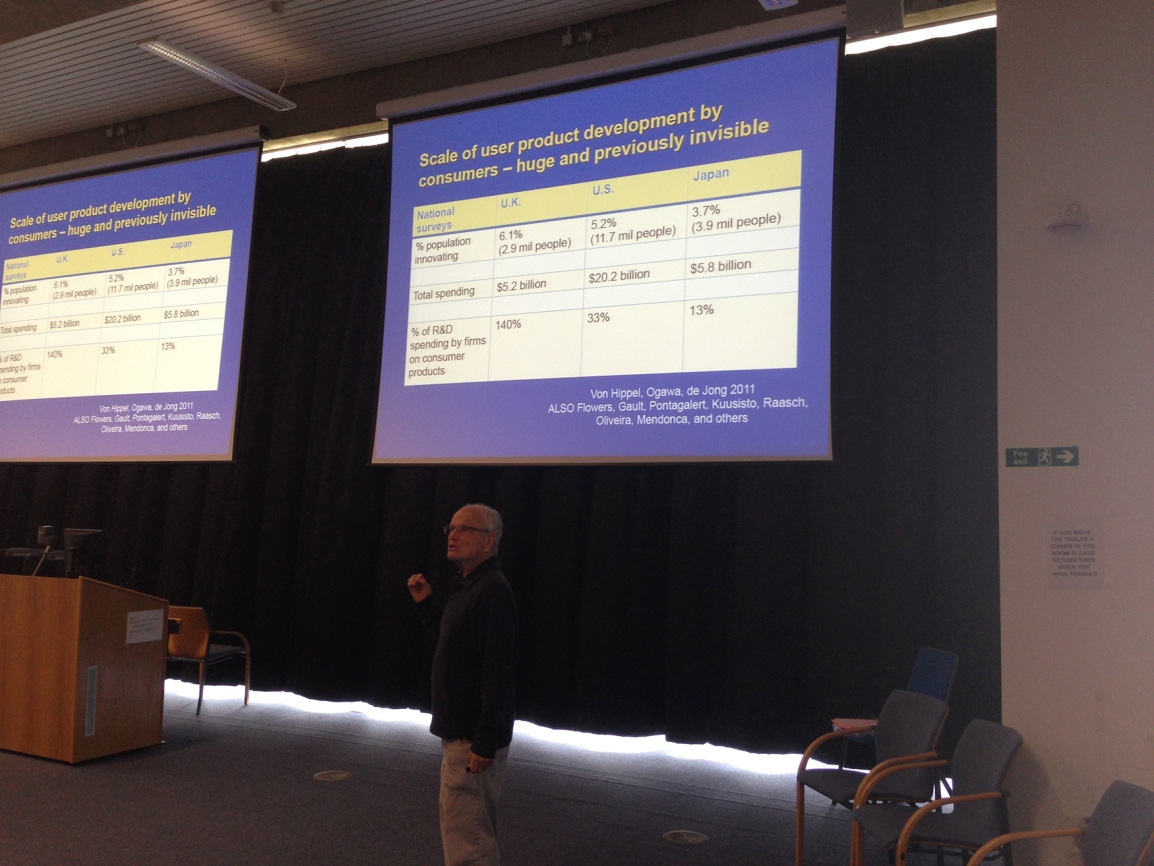KTH Machine Design is facing a new paradigm within product development
The starting point for much of the research and teaching carried out at KTH Machine Design is that companies are the source of innovation. Now, research shows that even users, to a far greater extent than was previously thought, is a source of innovation and a new product development paradigm is taking shape.
- KTH Machine Design will have to deal with this way of thinking to keep up, says Carl Wadell, Ph.D. Student at the division of Integrated Product Development.
During the summer he visited a conference in Brighton where the latest research in the area was presented.
- Already in the early eighties MIT professor Eric von Hippel described how headusers created innovative solutions. This phenomenon has been observed in a number of industries and product areas, including software, banking, sports equipment, and medtech instruments, he says.
- What many of us wants to understand now is how widespread this phenomenon is in the community, the economic impact is, and how companies and countries can benefit more from user innovation, he continues.

The division of Integrated Product Development has in recent years built up expertise to understand how this shift affects business and society.
- In my own research I have seen clear examples of how medical device companies change their organization to be better able to identify, evaluate and take advantage of the ideas coming from the users, Carl means.
- The development is not really that surprising, researchers at Duke University in the U.S. have shown that nearly 20% of the 26,000 medical patents in the United States during the years 1990 to 1996 came from practitioners1, he notes.
Carl Waddell points out that this user paradigm has not been seen as a challenge to corporate influence innovation, but as a complementary approach that creates new opportunities.
1 A. Chatterji, K. Fabrizio, W. Mitchell and K. Schulman, “Collaborative Innovation or Conflict of Interest?: Physician-Industry Cooperation in the Medical Device Industry”, Health Affairs 27(6): 1532-1543 (2008).

